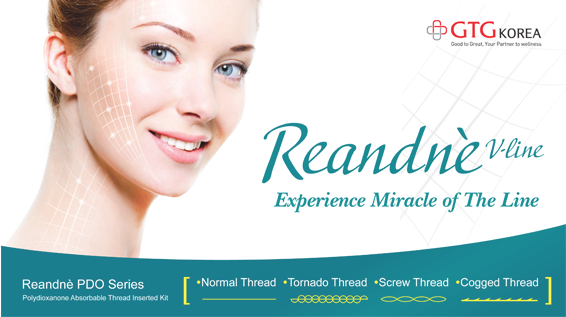
Laser devices release light with wavelengths that are unique to the type of light source. This is because the gain medium induces stimulated emission at a fixed electron level. The single-wavelength light is amplified in the resonator. However, the gain medium of a dye Laser contains large organic elements with overlapping electron levels of various atoms, enabling irradiation of a wide range of wavelengths.
Based on the conditions of the resonator, a certain wavelength can be produced and adjusting the conditions of the resonator can continuously change the wavelengths. This type of Laser is called tunable Lasers, most common of which is the dye Laser.
The dye Laser is special in that it can easily change the wavelength through adjusting the electromagnetic radiation. The output of a dye Laser uses coherent radiation which allows adjustment within a certain range of spectrum. The wavelength can be determined based on various dye materials. The dye Laser is the most commonly used tunable Laser within the range of visible light. The advent of a tunable dye Laser was possible through innovative advances in spectroscopy.
[Advertisement] Reandnè Thread Series – Manufacturer: GTG KOREA(www.gtgkorea.com)
Discovery of Dye Laser
The world’s very first dye Laser had a 613.1nm wavelength and was developed in 1963. In 1966, during the research on Raman shifting, an aluminum-chloride-phthalocyanine solution was found to release a 755.5nm Laser beam. In the US, Peter P. Sorokin and J. R. Lankard presented this Laser for the first time at an IBM laboratory. Sorokin and Lankard discovered this Laser phenomenon while researching the fluorescence of organic dye particles.
The pumping source was ruby. Afterwards, dye solutions with fluorescent properties such as coumarin, rhodamine, or fluorescein were used to create Laser beams ranging from infrared to ultraviolet. In 1967, it was found possible to adjust the wavelengths through grating at the tip of the resonator.
Types of Dye
The active medium of a dye Laser is a liquid form consisting of ethyl alcohol, methyl alcohol, toluene, water and organic dyes. Despite the inconvenience of switching the dye and solvent for changing wavelengths and the short duration of the dye, it allows easy adjustment of wavelengths. Generally, the dye has the molarity of 10-4 and the pumping source uses flash lamp or Laser. Table 1 summarizes wavelengths produced from different types of dye.
Key advantages of a dye Laser are the ability to change the wavelength, a wide spectrum and simple structure. The Laser medium uses fluorescent organic dyes dissolved in solvents. The dye consists of large molecules including multiple-ring structures. Important dyes have similar chemical structures. Organic solvents such as methanol and dimethyl sulfides are often used as the solvent, another key component of the dye Laser.
-To be continued




















